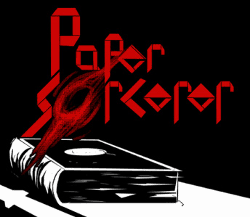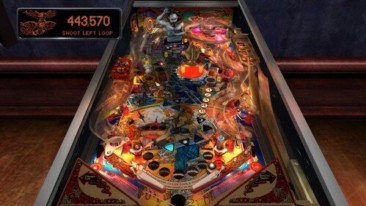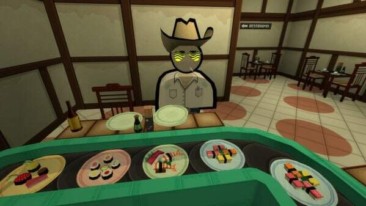Paper Sorcerer – What We Think:
First person, turned-based role playing games are a genre that has all but faded away. RPGs have changed and evolved into flashy, more accessible games that are streamlined for the best possible user experience.
Paper Sorcerer from Ultra Runaway Games disregards most modern game design philosophies; it aims to recreate an old school experience reminiscent of the very first games in the genre. With a heavy emphasis on creating a strategic combat system, Paper Sorcerer manages to rise above its many weaker elements, and offers something worthy of your time.
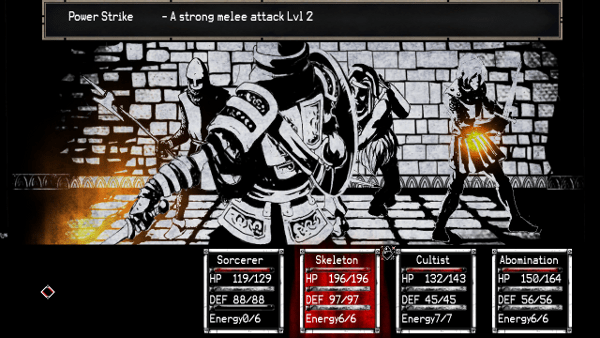
Love’s Labor Lost
You play as an evil sorcerer or sorceress who has been trapped inside a book by a group of heroes as punishment for terrorizing the land. Your goal is to destroy the book from within and escape with help from your summoned creatures. The premise is novel, but underutilized, as the narrative takes a back seat. Characters aren’t substantial enough to create a personal investment.
On occasion, while exploring, you will read a page from a book or journal that tries to flesh out the narrative. All of it is fairly uninteresting, besides an underdeveloped love story. It’s a wasted opportunity, since the intent to create a love story was there, but never fully realized.
The game will sometimes present narration like “You come across a hunched over old goblin sweeping the hallway.” This type of storytelling relies more on imagination and reminiscent of the text adventure of the Infocom era. I enjoyed this design decision and I felt the game could have used more of it; instead these instances are few and far between.
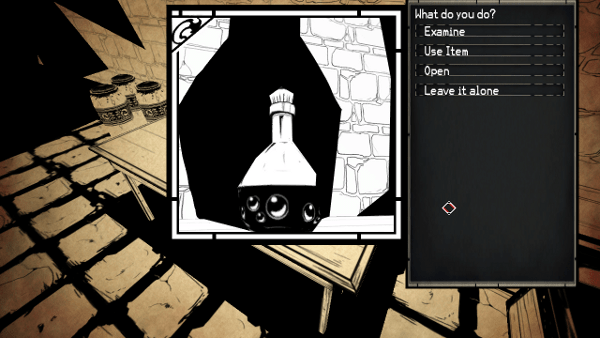
Artful Dodger
The art style in Paper Sorcerer is unique but purposefully sparse. The game doesn’t do much or enough aesthetically to create an interesting setting. Once the novelty of the black and white art style wears off, you quickly find that most levels look the same. The game is mainly corridors with doors and the occasional table, chair, or bed.
Characters are presented as nicely stylized silent picture avatars. I had no problems with the character designs, and found them to be distinctive and varied.
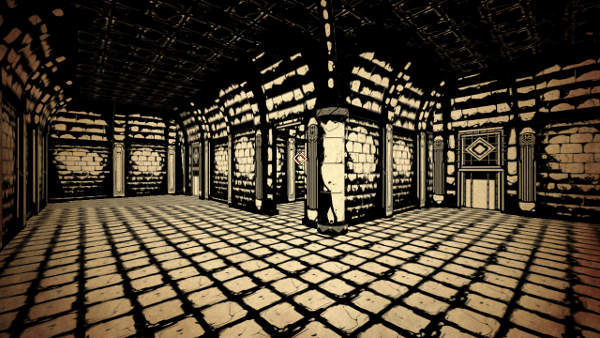
On your journey you can summon up to three creatures that will accompany you throughout the rest of the game that include the Troll, Witch, Werewolf, Skeleton, Shadow, Ghost, Vampire, etc. There are twelve summonable creatures, each of a different class. This offers a lot of choice in terms of how you want to play the game. The Minotaur, for example, is a powerful berserker while Abomination defends the party from magic attacks.
In my party I had Abomination, a defensive healer known as Cultist, and a Skeleton who was a more defensive character that I shaped into my main physical damage dealer. The game catered to my more defensive play style by allowing me to create a party based on what I liked, instead of having one forced upon me.
Enemy encounters are represented as black clouds in the environment. Only a couple of levels in the game have random battles, but the game will let you know if a certain level has them. Once in a while a random battle will show up in levels that normally don’t have any, should an enemy engage you in a surprise attack.
Here Comes a New Challenger
Those craving random battles or want a place to grind will find their solace in The Catacombs. It is comprised of only random battles and a place where you can grind for experience, gems (the game’s currency), and equipment. The Catacombs can be found in a hub area known as the Sanctuary, which is a place where you can buy and sell equipment and items, level up your party members even further using gems, or sleep in your room to restore your party members’ stats. You can access the Sanctuary at any time using the Gem of Recall.
All progress made in a certain level is saved, including the enemy encounters you’ve beaten, so the punishment for using the Gem of Recall in a level is only the fact that you have to traverse the level from the beginning again. This isn’t a problem, since all the levels in the game are fairly short. It’s nice that there is some leniency here, since the enemy encounters can be challenging.
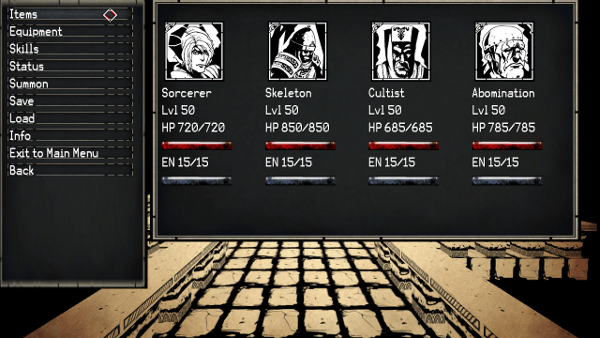
Total Recall
I thoroughly enjoyed the well-balanced combat. Managing your party’s energy bars as well as their defense bars requires you to play smart and utilize your party’s abilities effectively. No single strategy is going to be effective throughout the entire game, which helps make the game feel more reactionary and less methodical.
I played through the game on Normal mode, and it offered the right amount of challenge without feeling too unfair. A lot of the boss battles were challenging, but fun. Mixing up your attacks and abilities is necessary for success, especially near the end of the game when the going gets tougher.
The last couple of levels of the game feature enemy encounters that deplete your party members energy bars. Since energy can only be refilled during battles, by using certain items, or by sleeping, I found myself using the Gem of Recall after every enemy encounter to sleep in my room. This was the easiest way to refill energy in the game and taking the risk of entering one of those later battles with very little energy would often times end in defeat.
I wish there were more options when it came to refilling energy. After every battle your party members’ defense bars are refilled, so why not refill the energy bars as well? Or give me an option to purchase a skill that refills the energy bars after battle. This problem only arises later on when enemies demand more powerful skills that deplete your party’s energy bars.
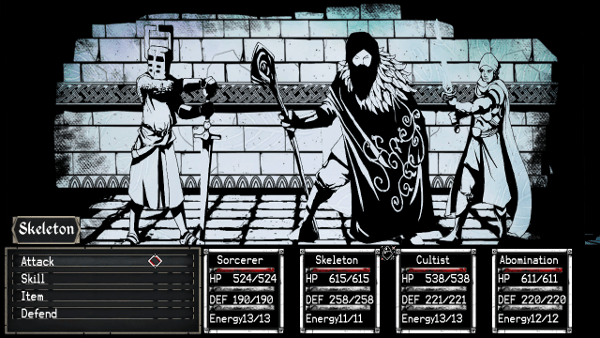
Dung Beetles
Unfortunately, the game suffers from some bugs. I experienced a couple of graphical hiccups and two side quests I could not complete, but nothing that could be considered game breaking. Another issue is that the game has limited graphical and audio options. The ability to reduce the music volume is greatly missed, and will be especially felt if you are someone who doesn’t particularly enjoy the music. The developers of the game still have some work to do, but according to the forums, they are actively engaging the community with the aim of getting these issues fixed.
Also, a minor gripe is the lack of an auto-save system. It doesn’t take to much time to press ESC, click “save” and then click on a save slot, but given the challenging nature of the game you are going to want to save often. As you get used to it, the act of saving eventually becomes automatic.
Paper, Please
There were times where I couldn’t stop playing because the combat was so enjoyable. Paper Sorcerer offers a lot of replayability with four difficulty modes and a great amount of stat customization options. It took me around 22 hours to finish this game on the Normal difficulty setting.
There is a great amount of value here which makes it even easier to recommend. If you are looking for a good turned based combat game and don’t care too much about narrative and story, Paper Sorcerer is a game you should check out.


